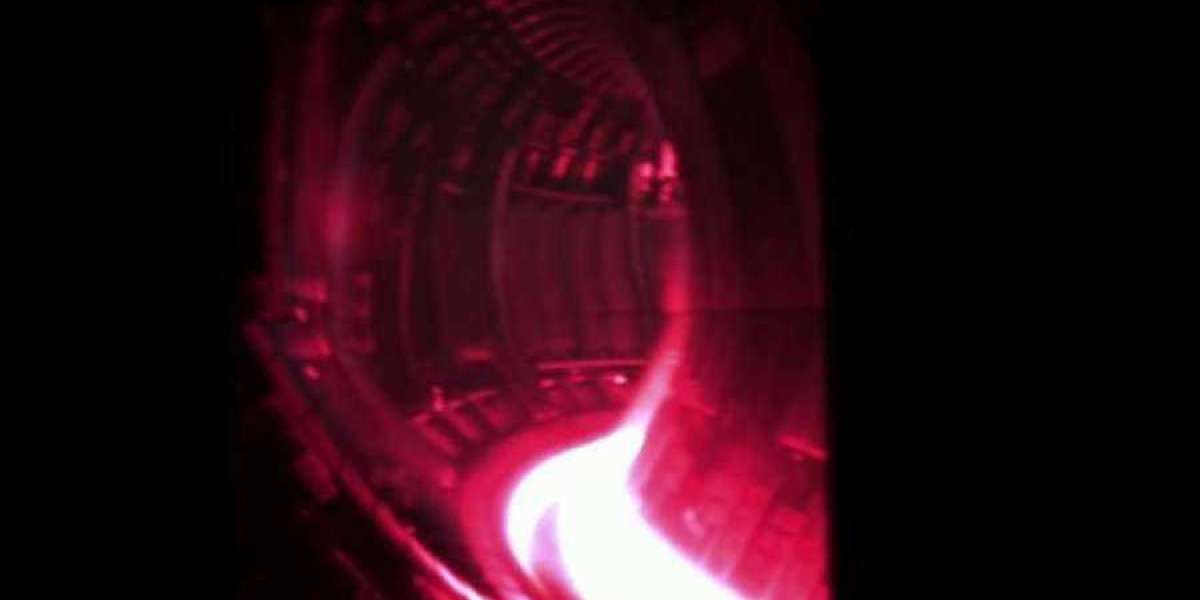This system can analyze retinal scans performed during a routine visit to the ophthalmologist and can identify patients who are at high risk for heart attack over the next year.
There is also evidence of cardiovascular disease in the retina, recognized by changes in its small blood vessels.
According to Nature Machine Intelligence, the researchers, using data from Biobank in the UK, found that the artificial intelligence system using predictive algorithms had an accuracy between 70% and 80% and could be used as a mechanism for deepening cardiovascular health.
In particular, the team analyzed retinal and heart scans of more than 5,000 people. The artificial intelligence system identified correlations between retinal pathology and changes in the patient's heart. Then, by combining data on estimated left ventricular size and pumping efficiency with baseline patient data, the technology can predict the risk of heart attack over the next 12 months with relative accuracy.
Currently, details about the size and efficiency of pumping a patient's left ventricle can only be determined through diagnostic tests such as echocardiography or magnetic resonance imaging, which are accurate for the patient.
"This technique could revolutionize the examination of heart disease. Retinal scans are relatively inexpensive and are commonly used by many ophthalmologists. As a result of automated control, patients at high risk of disease can be referred immediately for cardiac examination. "Scans can also be used to monitor early signs of heart disease," said Professor Alex Frangi, who oversaw the research.



